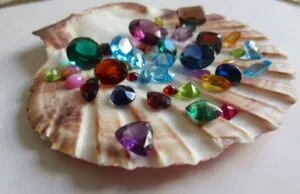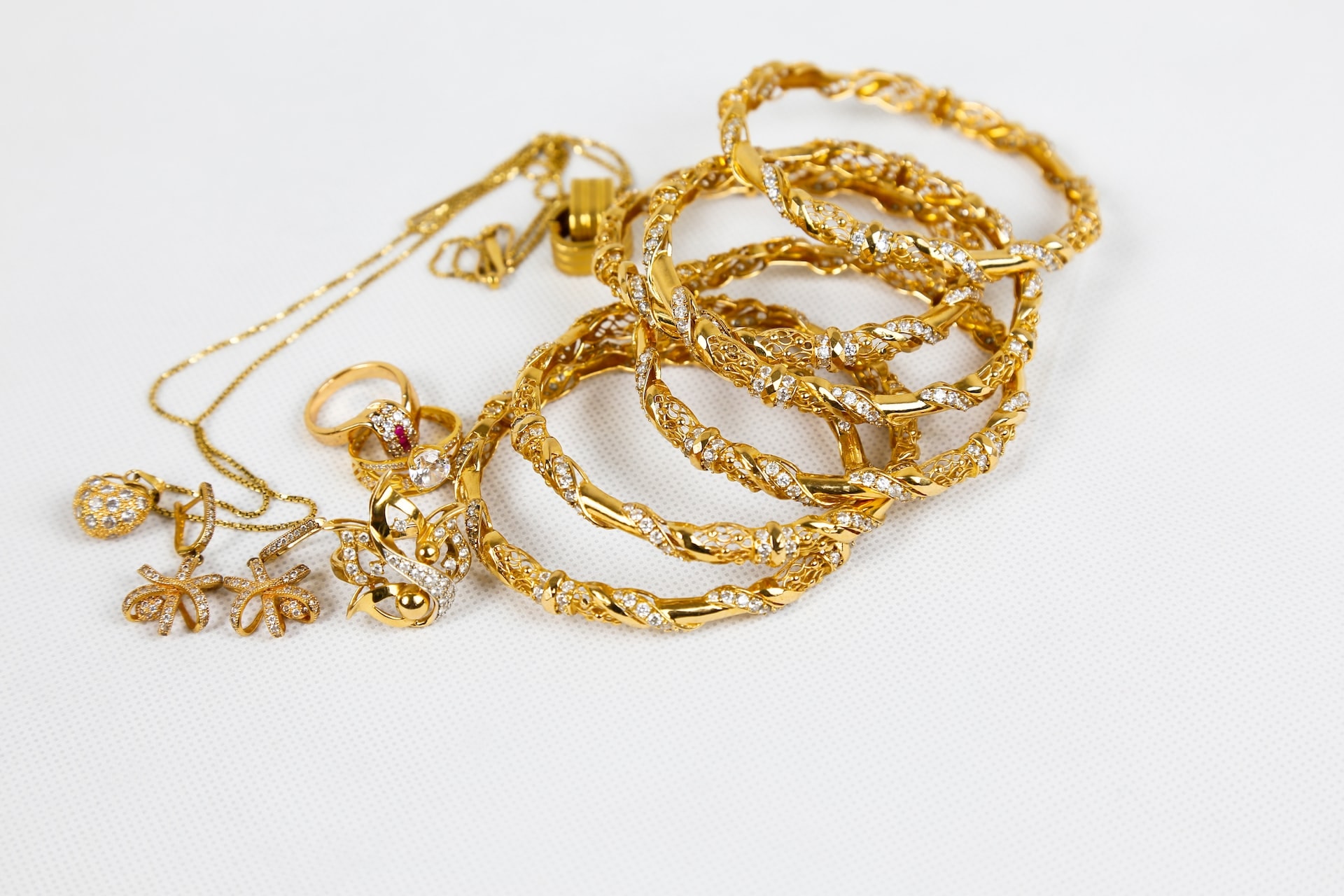
Table of Contents
For centuries, pure gold has held humanity’s fascination with its radiant allure and lasting worth. However, if you’re selecting metal for fine jewelry, experts often advise against 24K solid gold. This preference prompts a vital question: Why does pure gold not always make the ideal choice for jewelry?
Let’s look at the advantages and drawbacks of 24K gold jewelry to determine its true value for your personal treasure trove.
What is 24K Gold?
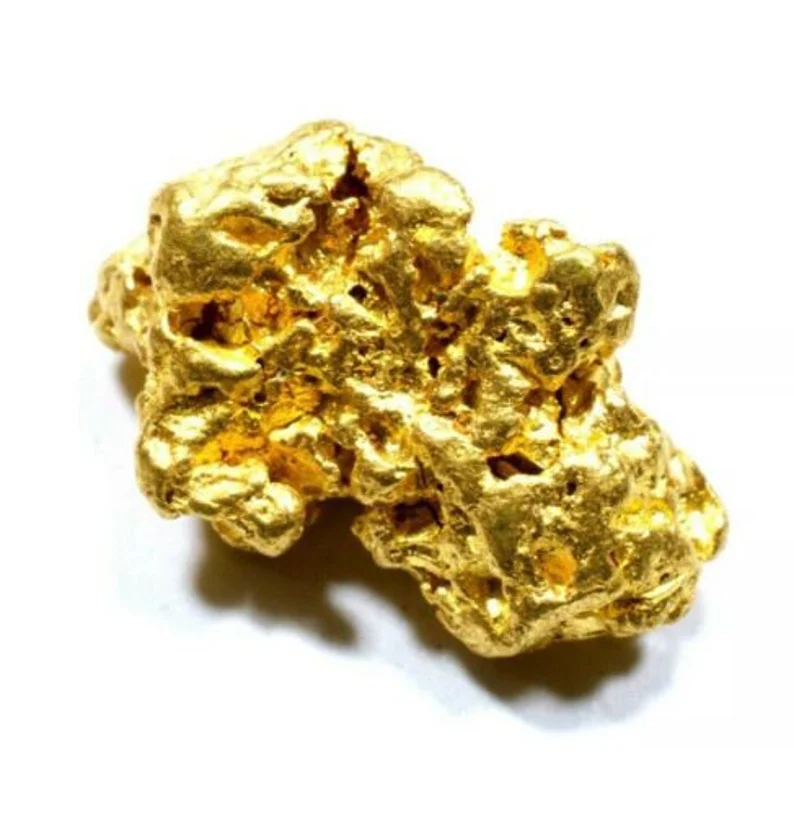
24K gold, or pure gold, tops the chart as the purest form of gold jewelry, boasting a 99.9% gold composition. This gold has a signature bright yellow hue, shining with its pure gold content. In contrast to mixed gold types, which are harder due to added metals like silver or copper, 24K gold remains the softest and most pliable.
This softness isn’t great for everyday jewelry; it scratches and bends too easily. Yet, its purity means it won’t cause allergies and doesn’t tarnish, making it a high-quality choice for luxury pieces. Being pure gold, it’s also the priciest and most sought-after for investments in gold.
History of 24K Gold in Jewelry
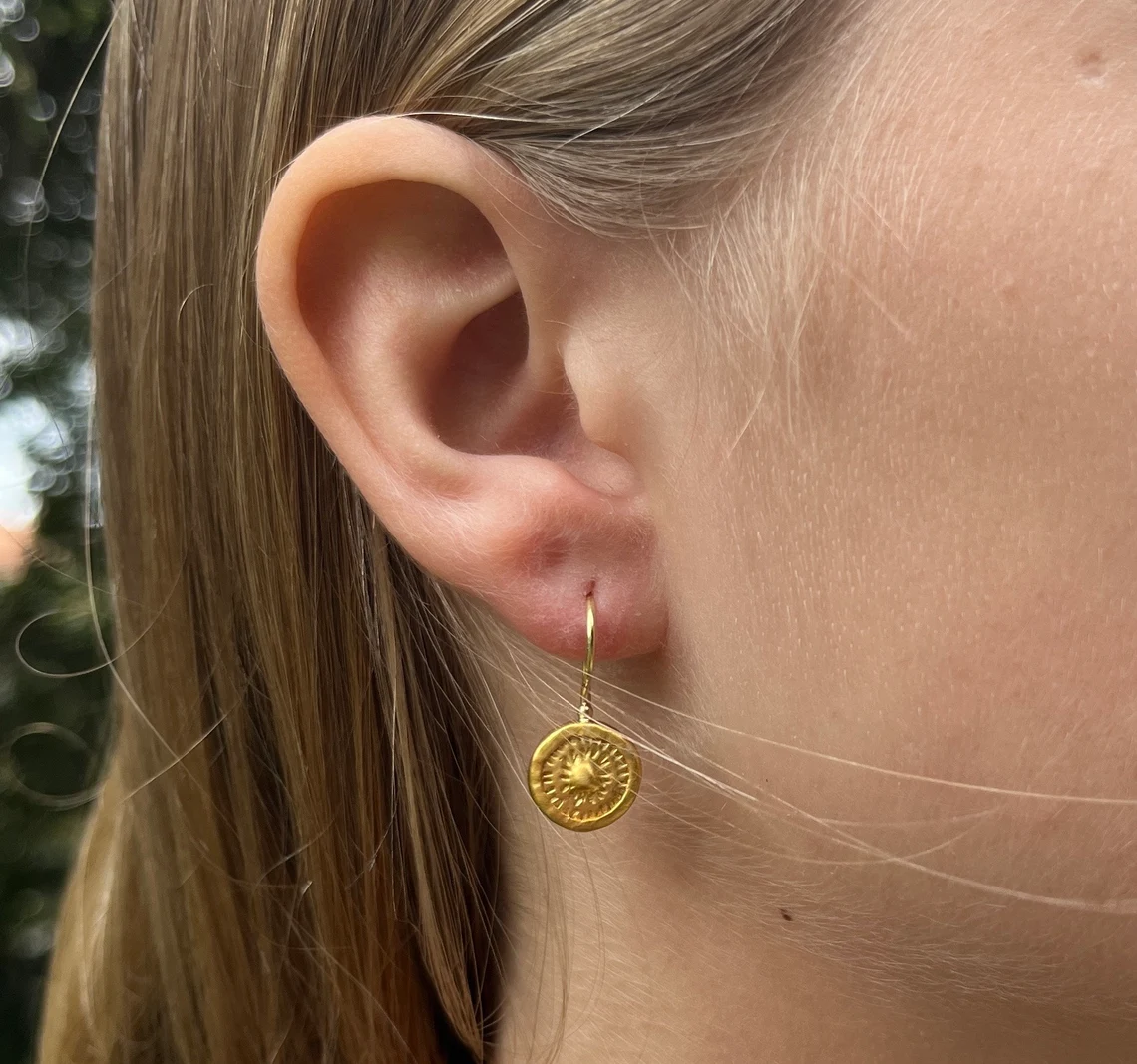
Gold jewelry has been around for more than 6,000 years, with the Ancient Egyptians among the first to mine gold and make it into jewelry. They loved how it shined like the sun, which was important in their sun-worshipping culture.
Pharaohs and priests wore pure gold as a sign of their power and to honor their gods. Over time, gold has always been a symbol of wealth and high status, from the lavish jewelry of Egyptian kings to the detailed pieces worn by Indian royalty.
As people got better at working with gold, they started mixing it with other metals to make it tougher, which was better for wearing every day. Still, 24K gold stayed special and is used today for special traditional jewelry and for making gold coins and bars for investment.
It’s especially loved in countries like China and India, where it’s often chosen for wedding jewelry because it stands for purity and lasting love. Even though it’s too soft for everyday jewelry, 24K gold is still prized for its beauty and as an investment, showing that it will always be valuable.
What is a Karat?
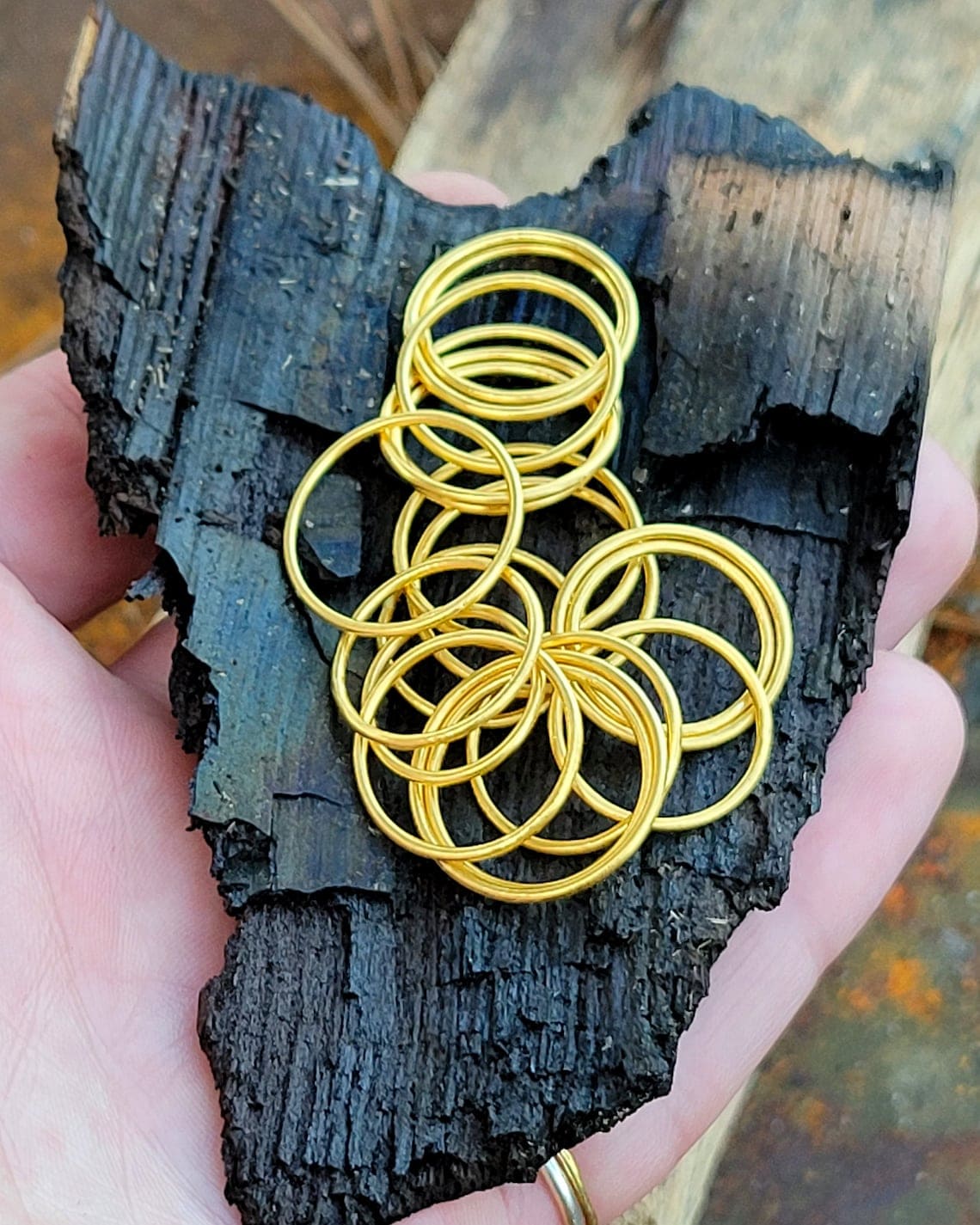
A karat measures how pure gold is. If gold is 24 karats, that means it’s almost all gold. But pure gold is really soft and bends too easily for jewelry, so people mix it with other metals to make it stronger.
This mix makes the gold less pure, so the karat number goes down. For instance, 18-karat gold has 18 parts gold and 6 parts other metals, which is 75% gold. The karat system helps you to know how much gold is in a piece of jewelry.
More karats mean more gold and usually more value. Fewer karats mean less gold, which can change how the jewelry looks, how strong it is, and how much it’s worth.
What are the Pros and Cons of 24K Gold Jewelry?
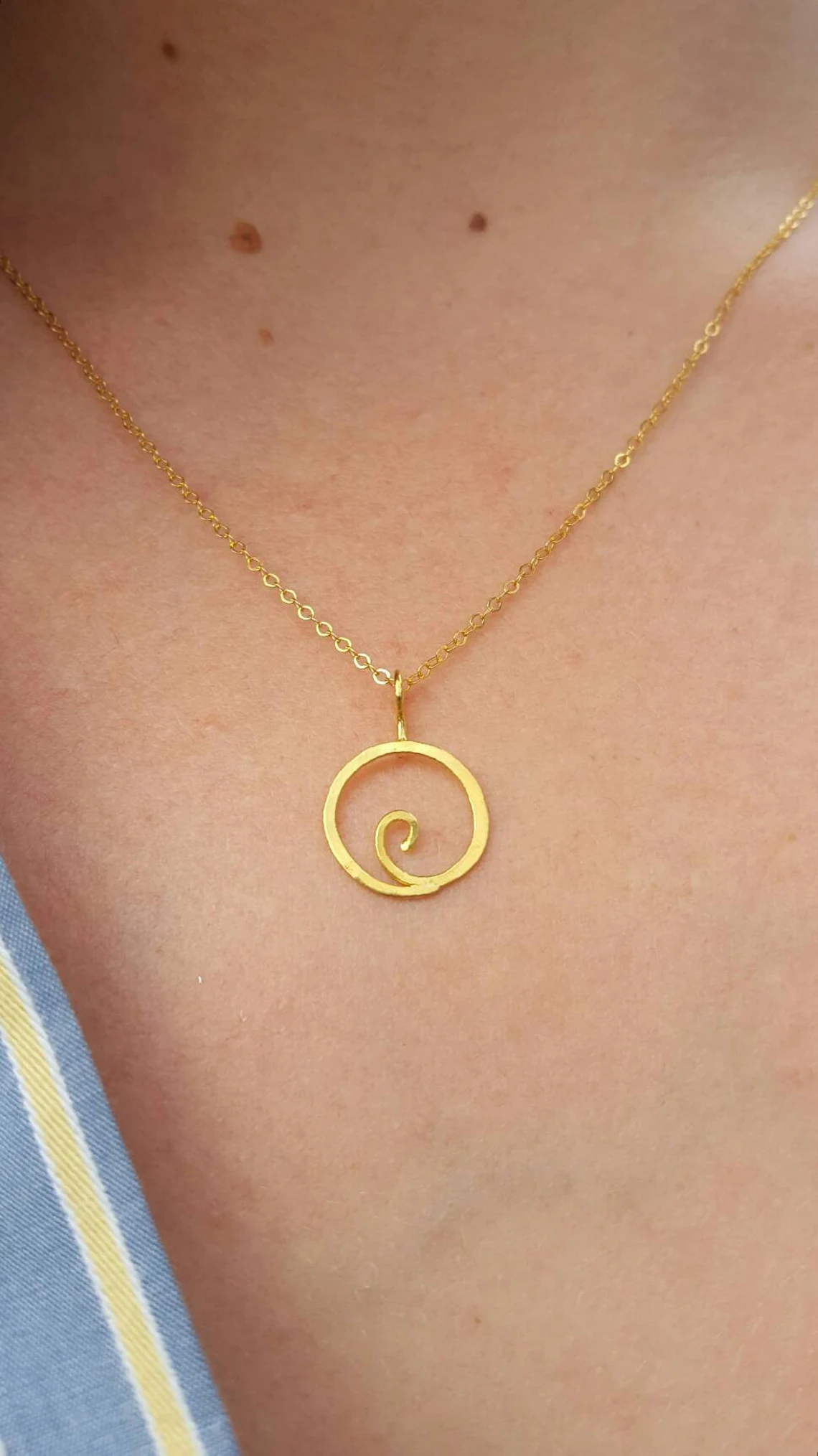
Solid gold is, of course, an incredibly valuable and justifiably praised precious metal. However, when considering whether a metal is good for jewelry, there are other criteria to consider, apart from its purity.
Pros:
- 24K solid gold is pure and therefore much more valuable and prestigious than gold alloys
- The color of pure gold is unmatched by any gold alloy
- 24K gold jewelry is hypoallergenic and doesn’t cause any skin irritations unlike some of the metals occasionally used in gold alloys such as nickel
- Solid gold also doesn’t cause any unwanted skin colorations
- Pure gold’s color also doesn’t change over the years as is the case with certain other metals
- Purchasing pure gold – whether as jewelry or otherwise – can be seen as a good financial investment as the demand for gold is consistently high and its supply is perpetually low and finite
Cons:
- Solid gold is just way too soft to be a good choice for jewelry you intend to wear on the regular because it will scratch and tarnish easily
- Because it’s not alloyed with any other metals, pure gold is valued more highly by jewelers and therefore is more expensive
- If it’s purchased as a type of financial investment, pure gold should pretty much never ever be worn as jewelry as that will decrease its value very quickly
- 24 Karat gold is also quite rare to source as pure gold is not often found in abundant quantities which further contributes to its hefty price. It also means that designs are limited. You will not find solid gold jewelry at most retail stores.
- Some people don’t like the overly yellow/golden hue of solid gold
What’s the Value of 24K Gold Jewelry?
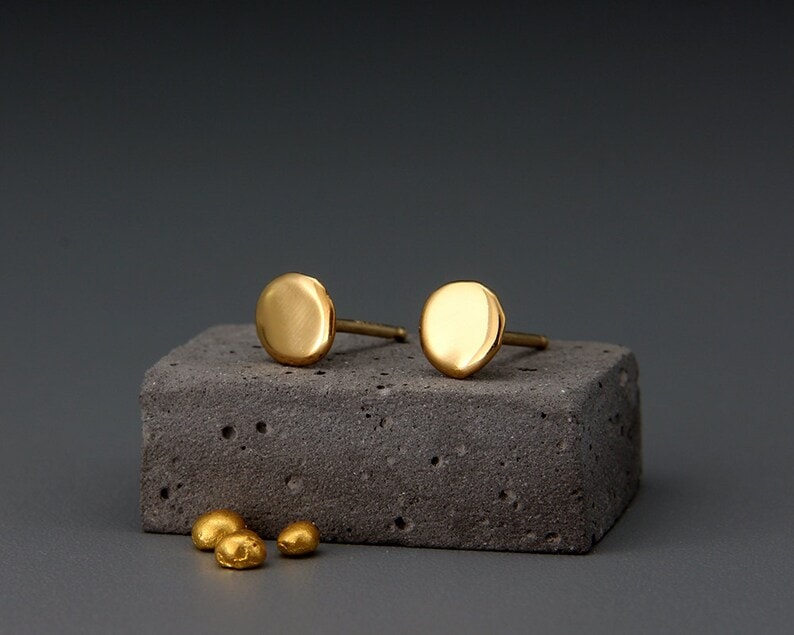
The exact value of 24K gold jewelry fluctuates frequently but usually not by much. The price of gold is $1,644 per ounce at the moment of writing and has been steadily rising for the past few years.
Of course, this isn’t a recommendation to buy pure gold – as jewelry or otherwise – as a form of investment, because we can’t guarantee how the gold market is going to move going forward.
So, while, on a small scale, pure gold jewelry can be seen as a safe investment, that doesn’t necessarily translate in a larger sense. Most of the time, when we are talking about gold jewelry and its value, we are talking from the point of view of the jewelry’s value, not the gold itself. And, when it comes to its value as a jewelry material, we do prefer other metals as well as other gold alloys such as 14K and 18K gold over solid gold.
Should I Buy a 24K Gold Wedding Ring?
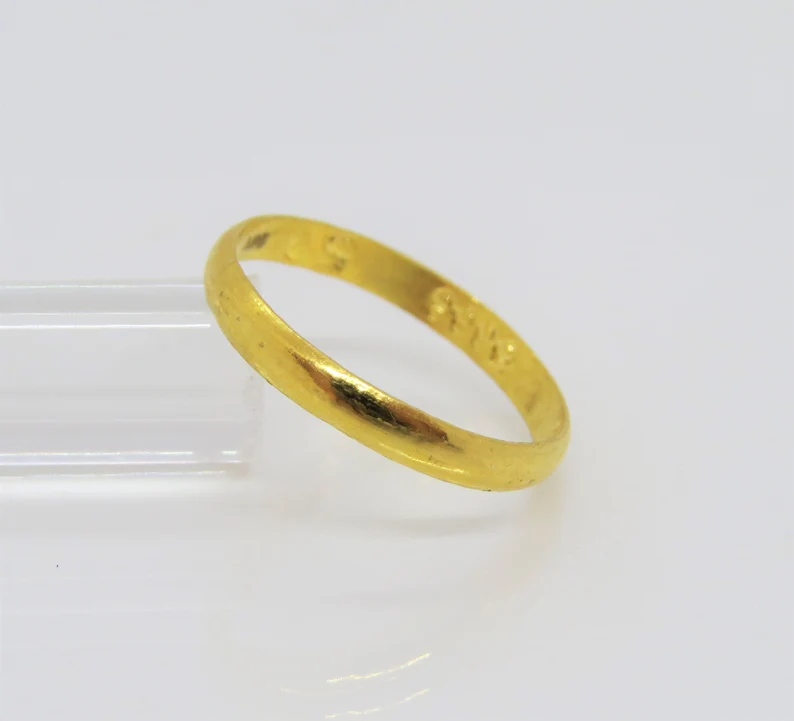
Our advice is that purchasing 24K gold jewelry of any kind you intend to wear regularly is not a good idea and this certainly includes engagement and wedding rings.
A different type of jewelry such as a necklace or earrings meant for very special occasions only can be accepted as then the chance of physical damage and wear and tear is lower. But jewelry you’d wear every day, especially rings to wear on your hands, just isn’t a good idea.
Interesting Facts about 24K Gold
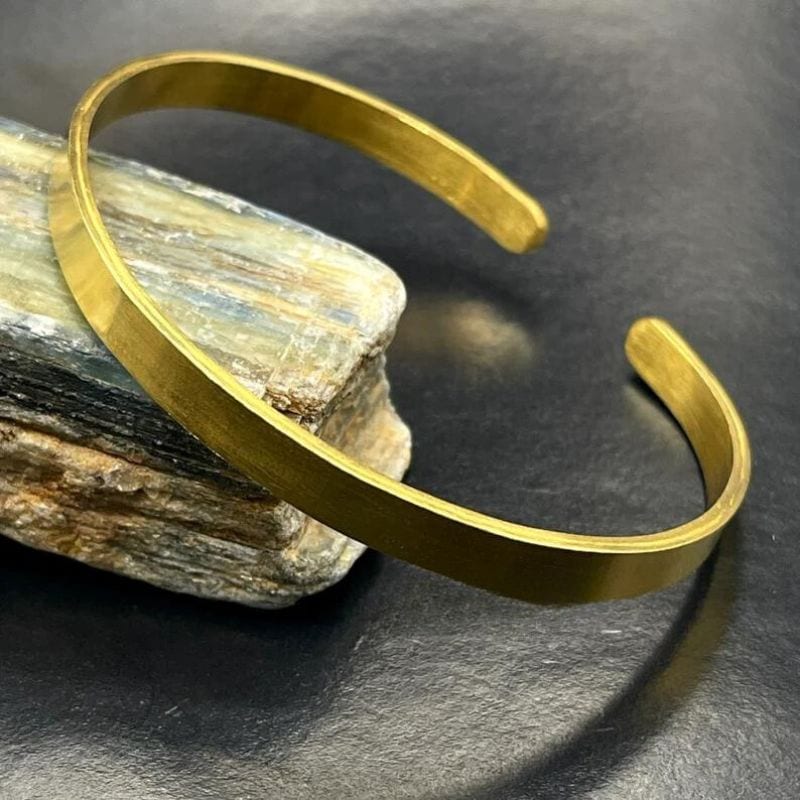
- 24K gold isn’t just for earthly pleasures; it has a place in space as well. NASA uses gold foil on astronauts’ visors to protect their eyes from the sun’s glare due to its excellent reflective properties.
- Gold is edible. Pure gold is biologically inert, which means it’s safe to eat. You can find 24K gold leaf in gourmet foods and drinks, where it’s used as a luxurious decoration.
- Gold has medicinal properties. In ancient times, gold was ground into powders for medicinal purposes, including 24K gold, believed by some to offer healing properties when consumed.
- Alluvial nuggets are the largest natural gold nuggets and are nearly pure 24K gold. They form in alluvial deposits in riverbeds and are recovered usually through placer mining.
- Gold is tarnish-free. 24K gold is one of the few metals that won’t tarnish over time. Its purity means it’s resistant to corrosion and the elements, which is why it can last for centuries.
- Gold can be used for skin treatments. Some high-end skincare products use 24K gold, claiming it reduces inflammation and rejuvenates the skin—though the benefits are debated by scientists.
- It was an ancient currency. Gold, particularly in pure forms like 24K, was used in ancient civilizations as a form of currency and a standard for trade, long before paper money or coins were commonplace.
- Gold is extremely soft. 24K gold is so soft that you can leave an impression on it with your teeth. This is why biting gold was a common method to test its purity and authenticity throughout history.
Wrapping Up
While 24K gold’s allure is undeniable, its practicality as an everyday jewelry material may be limited. However, its purity and the cultural significance it holds make it a worthwhile investment, especially for those looking to own a piece of timeless beauty or pass down a valuable heirloom that transcends generations.







